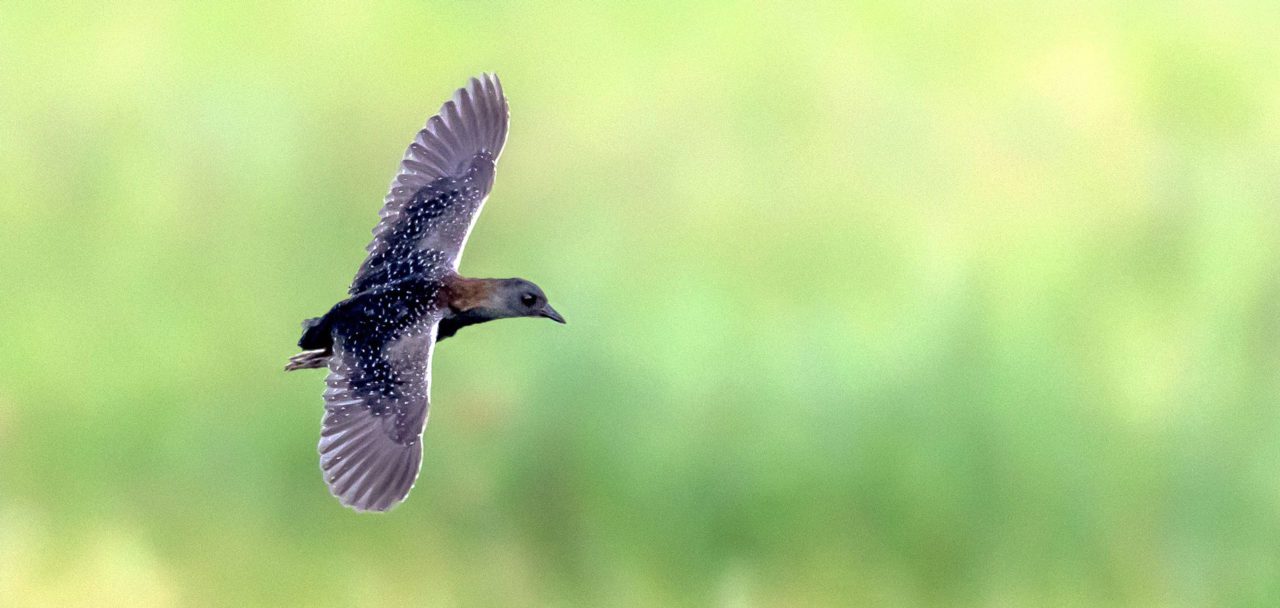2020 Was a Year of Ups and Downs for the Endangered Species Act
By Marc Devokaitis
January 4, 2021

At the close of 2020, most people would give the year a big thumbs-down. For birds on the Endangered Species list, it was a mixed bag. Some species were awarded more protection in acknowledgment of their tenuous conservation status; others were downlisted because of successful conservation work:
More of Our Coverage on These Issues
Red-cockaded Woodpecker
In September, the U.S. Fish and Wildlife Service announced plans to downlist this species from “Endangered” to “Threatened” on the ESA list. According to the USFWS, the woodpecker’s recent population gains “would continue to improve as long as conservation management continues.”
Eastern Black Rail
The Eastern Black Rail population has declined by 90%, and threats to wetland habitats mean the future doesn’t look good for the small, isolated rail populations that remain on the East Coast, Gulf Coast, and Great Plains. The USFWS officially protected the rail as “Threatened” under the ESA in October.
Hawaiian Crow (Alala)
In October scientists captured the last five Alala left in the wild and brought them into the protection of the San Diego Zoo Global’s Keauhou Bird Conservation Center. Nearly 30 captive-raised Hawaiian Crows have been released into the wild on the Big Island, but the crows were decimated by the bird’s main predator, the Hawaiian Hawk (Io).
California Condor
The local population in the Big Sur region of California got a boost in November with the release of seven condors that were successfully raised at the San Diego Zoo Safari Park. But tragically, a few months earlier, a wildfire had torn through the Big Sur Condor Sanctuary, destroying structures, killing two condor chicks, and causing the disappearance and presumed death of nine free-flying adults.


All About Birds is a free resource
Available for everyone,
funded by donors like you









